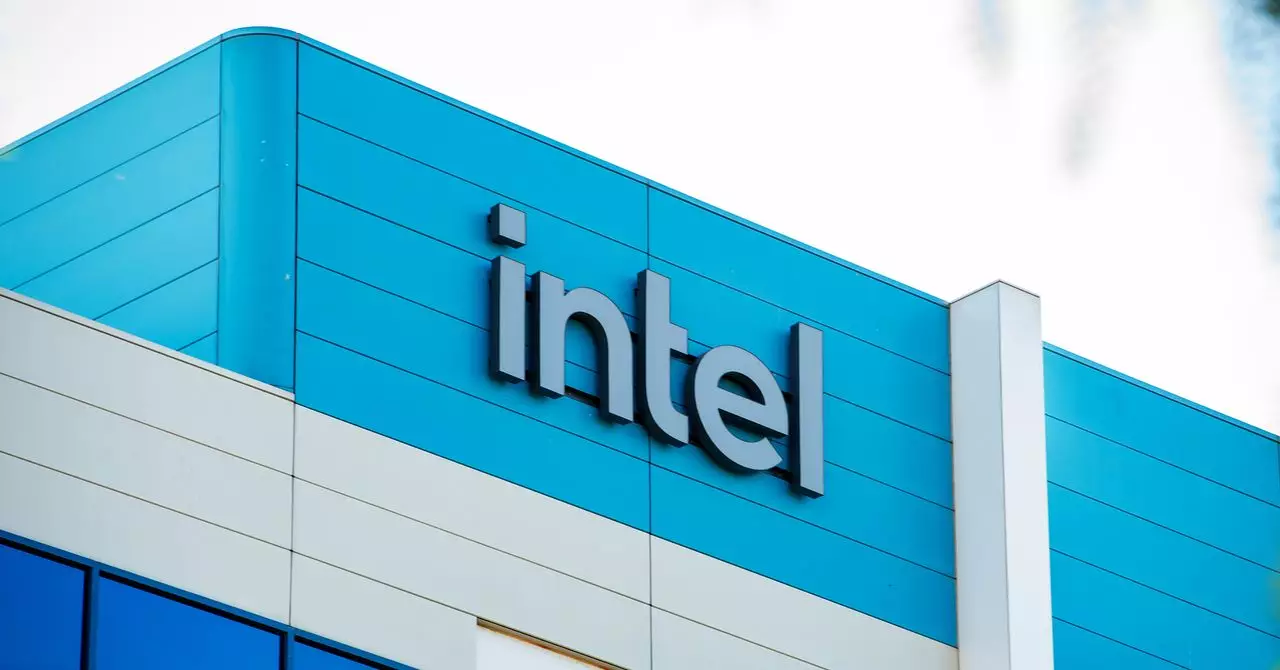In a modern economy where technology reigns supreme, the recent tariffs proposed by former President Donald Trump created a wave of apprehension across Silicon Valley. Although an initial exemption for semiconductors seemed like a sigh of relief for American tech corporations, a closer inspection reveals foundational issues that undermine this perceived victory. The exemption was narrowly tailored, leaving most semiconductor-related products susceptible to heightened import duties that could stifle innovation and increase costs for companies trying to sustain a competitive edge.
Understanding the Complicated Landscape of Tariffs
The Trump administration’s tariff strategy was grounded in a convoluted framework known as the Harmonized Tariff Schedule (HTS), an intricate system designed to categorize myriad products for determining import duties. Unfortunately, this document revealed glaring gaps in what it exempted. American manufacturers that rely heavily on a broad spectrum of chip-related products found themselves navigating a costly labyrinth. Semiconductors are not merely standalone products; they are embedded in essential technologies such as smartphones, computers, and AI training servers. The White House’s definition of “exempt” seems painfully outdated, reflecting a lack of understanding of the technology ecosystem.
Despite the exemption, prominent analysts have raised serious concerns that the tariffs, in effect, deliver a heavy blow to the semiconductor industry. As Stacy Rasgon, a senior semiconductor analyst at Bernstein Research, pointedly observes, the average American chip has become bound in the complex web of consumer electronics. Thus, even with limited exemptions, the overall impact translates to a staggering blended tariff rate of approximately 40%. Such burdens ultimately render American companies less competitive against global rivals, as embedded tariffs exacerbate operational costs.
The Illusion of Exemptions
At the heart of this debacle lies the troubling reality that the stipulated exemptions apply only to a thin slice of the semiconductor pie. Specific HTS codes delineated by the administration suggest only certain categories of advanced chips escape the punitive tariffs. For example, advanced Graphics Processing Units (GPUs) may be exempt, but the situation becomes murky when you factor in their classifications. The Nvidia DGX systems, which are integral for AI developments, won’t qualify, leaving companies scrambling for workarounds. This leads many to wonder: is it really an exemption, or merely a complex trap that hinders technological advancement?
Moreover, areas such as chip manufacturing—the backbone of the semiconductor industry—are unaccountably excluded from these exemptions. As industry veteran Martin Chorzempa points out, the cost of investment in the U.S. semiconductor landscape has substantially increased, leaving many companies questioning the feasibility of future expansions. With threats of further tariffs looming, firms may reconsider their strategic position, potentially stunting innovations vital for maintaining America’s global technological leadership.
Impact on the Broader Economy
The ramifications of these tariffs extend beyond individual companies and directly link to the health of the broader economy. Rasgon’s insights highlight an unsettling truth: the semiconductor industry is macro-exposed, meaning its viability is interwoven with other critical sectors like automotive and appliance manufacturing. Each tariff placed on semiconductor components could ripple through the entire supply chain, inflating prices for consumers and encouraging reliance on foreign products that do not bear similar tariffs. It raises the question of whether these measures truly benefit American workers and industries or instead jeopardize them.
Ultimately, companies must perform a delicate balancing act: remaining compliant with the regulations while striving for innovation. The disconnect between the government and the intricacies of the tech industry poses long-lasting challenges. Rather than crafting policies that cultivate growth, these tariff measures risk isolating American firms from the global market, a dangerous scenario in an increasingly interconnected world.
The fallout from recent decisions in Washington illustrates that short-sighted policies can compound existing challenges instead of alleviating them. Moving forward, it is imperative for policymakers to engage with industry experts and understand the complexity of the technology landscape to avoid further missteps that could hinder American innovation and competitiveness.

